1. Market Overview (2020-2025)
The European LFP battery market has grown from €850 million in 2020 to an estimated €4.2 billion in 2025, representing a compound annual growth rate (CAGR) of 37.8%. Germany leads adoption with 34% market share, followed by France (22%) and the Nordic countries (18%).
Key drivers:
-
EU's 2030 Climate Target Plan requiring 55% CO₂ reduction
-
Revised Battery Directive (2023) favoring sustainable chemistries
-
42% cost reduction in LFP systems since 2020
2. Technological Breakthroughs
2.1 Energy Density Improvements
European manufacturers have achieved:
-
175-190 Wh/kg at cell level (2025)
-
15% improvement in volumetric energy density vs. 2022
-
4000+ cycle life at 80% DoD
2.2 Supply Chain Developments
Localization efforts include:
-
12 new cathode material plants under construction
-
85% of lithium hydroxide now sourced from EU-approved suppliers
-
First commercial-scale LFP recycling facility operational in Belgium
3. Policy Landscape
3.1 Regulatory Framework
-
Battery Passport requirements (effective 2026)
-
Carbon Footprint Declaration mandates
-
60% collection rate target for industrial batteries
3.2 Funding Initiatives
-
€3.4 billion from EU Innovation Fund
-
28 national subsidy programs for LFP storage
-
VAT reductions in 17 countries for stationary storage
4. Application Sectors
4.1 Automotive
-
38% of new EV models offer LFP options
-
2nd-life applications growing at 62% YoY
-
Daimler's new urban delivery vans achieving 300km range
4.2 Stationary Storage
-
Utility-scale projects exceeding 5GWh in pipeline
-
78% of new residential systems choosing LFP
-
Emerging peak-shaving applications for industry
5. Competitive Landscape
5.1 European Manufacturers
-
Northvolt's first LFP cells shipping Q3 2025
-
Verkor's Dunkirk gigafactory at 65% completion
-
BMZ Group expanding to 8GWh annual capacity
5.2 Asian Players
-
CATL's Hungary plant supplying 60% of EU demand
-
BYD's strategic partnerships with 14 EU automakers
-
34% import duties proposed on Chinese LFP cells
6. Challenges and Solutions
6.1 Raw Material Security
-
72% of lithium imports still from non-EU sources
-
Seabed mining projects facing legal challenges
-
Synthetic graphite adoption reaching 43%
6.2 Technical Hurdles
-
Cold weather performance (-20°C) improved by 40%
-
New cell-to-pack architectures reducing system weight
-
AI-driven battery management systems extending life
7. Future Outlook (2025-2030)
Projections indicate:
-
€28 billion market by 2030
-
120GWh annual production capacity planned
-
LFP reaching 55% share in stationary storage
-
Potential breakthroughs in sodium-ion hybrids
Conclusion
Europe's LFP battery sector stands at an inflection point, with 2025 marking the transition from emerging technology to mainstream solution. While challenges remain in material sourcing and performance optimization, the combination of strong policy support, technological innovation, and growing market acceptance positions LFP batteries as a cornerstone of Europe's energy transition.

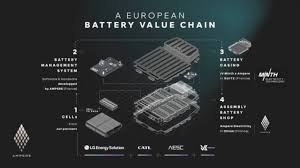
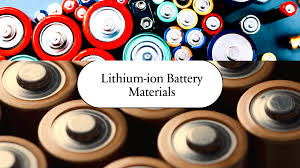
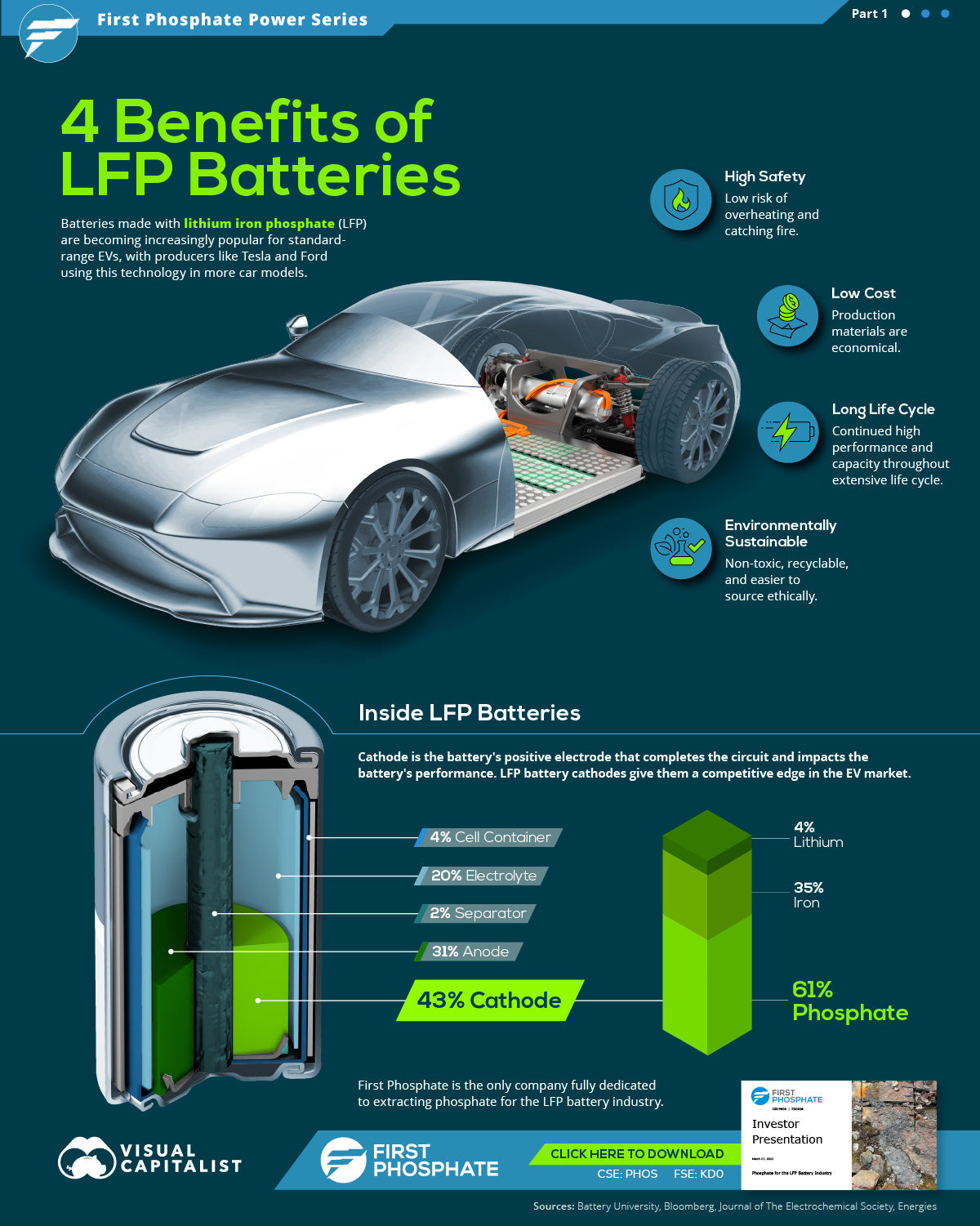
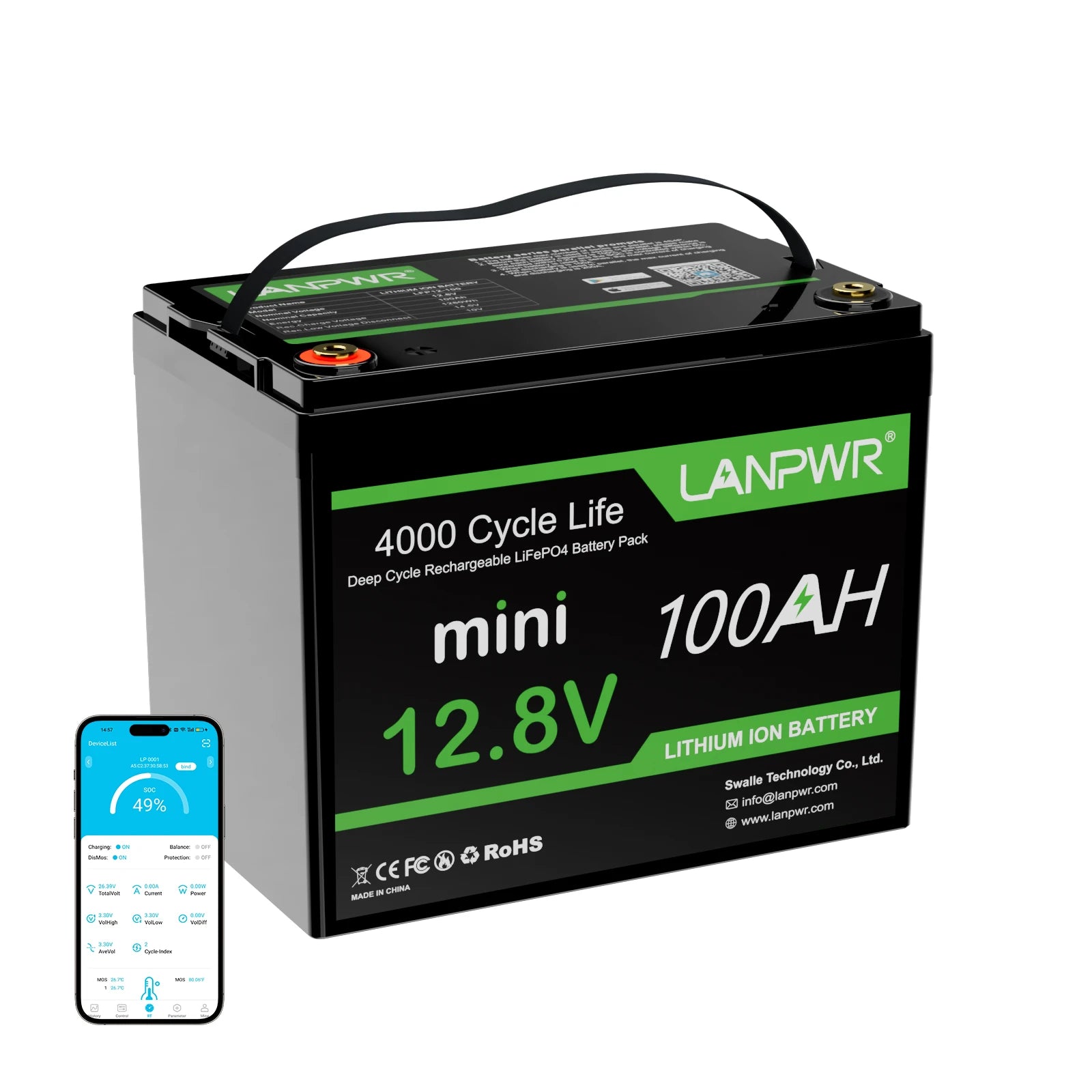

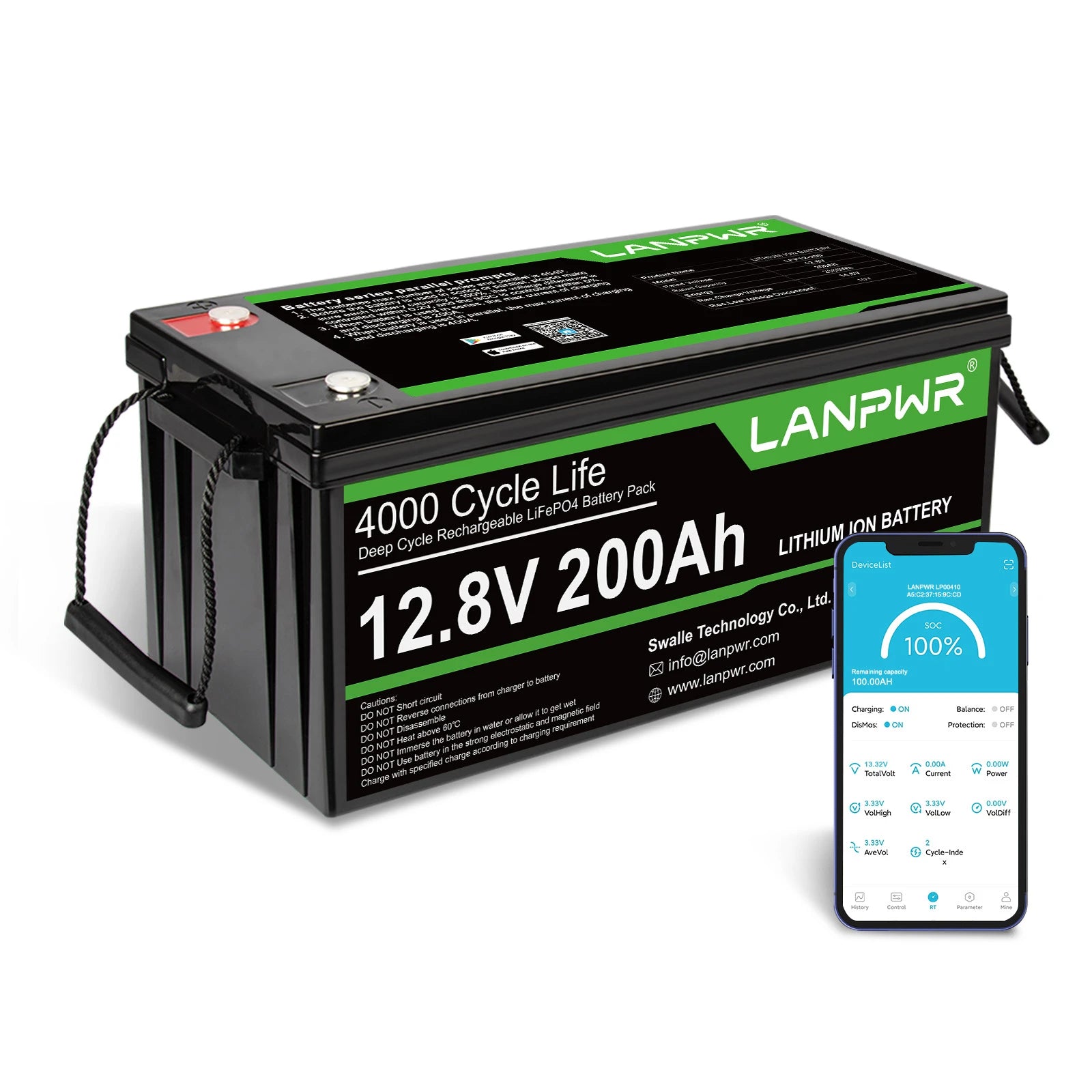
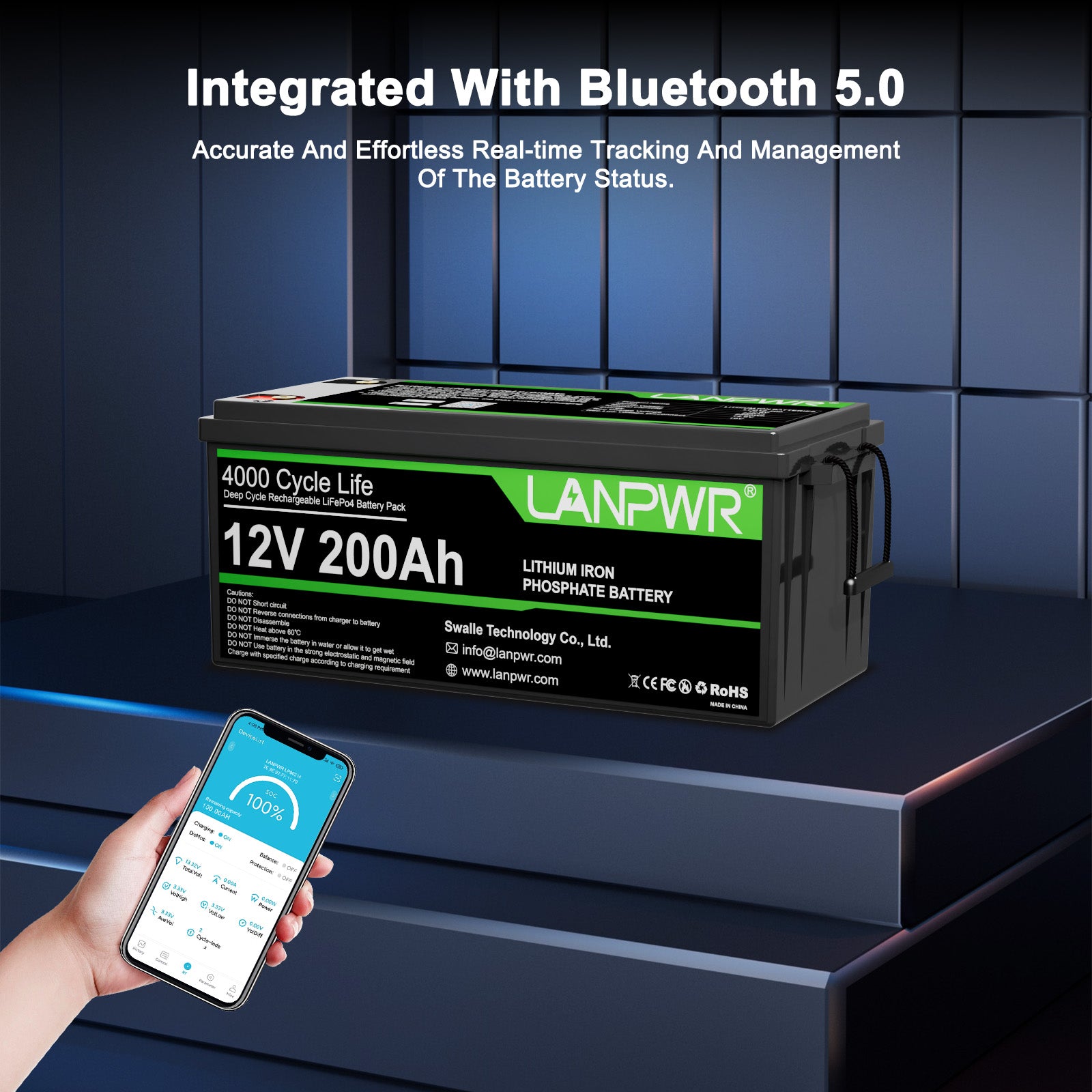
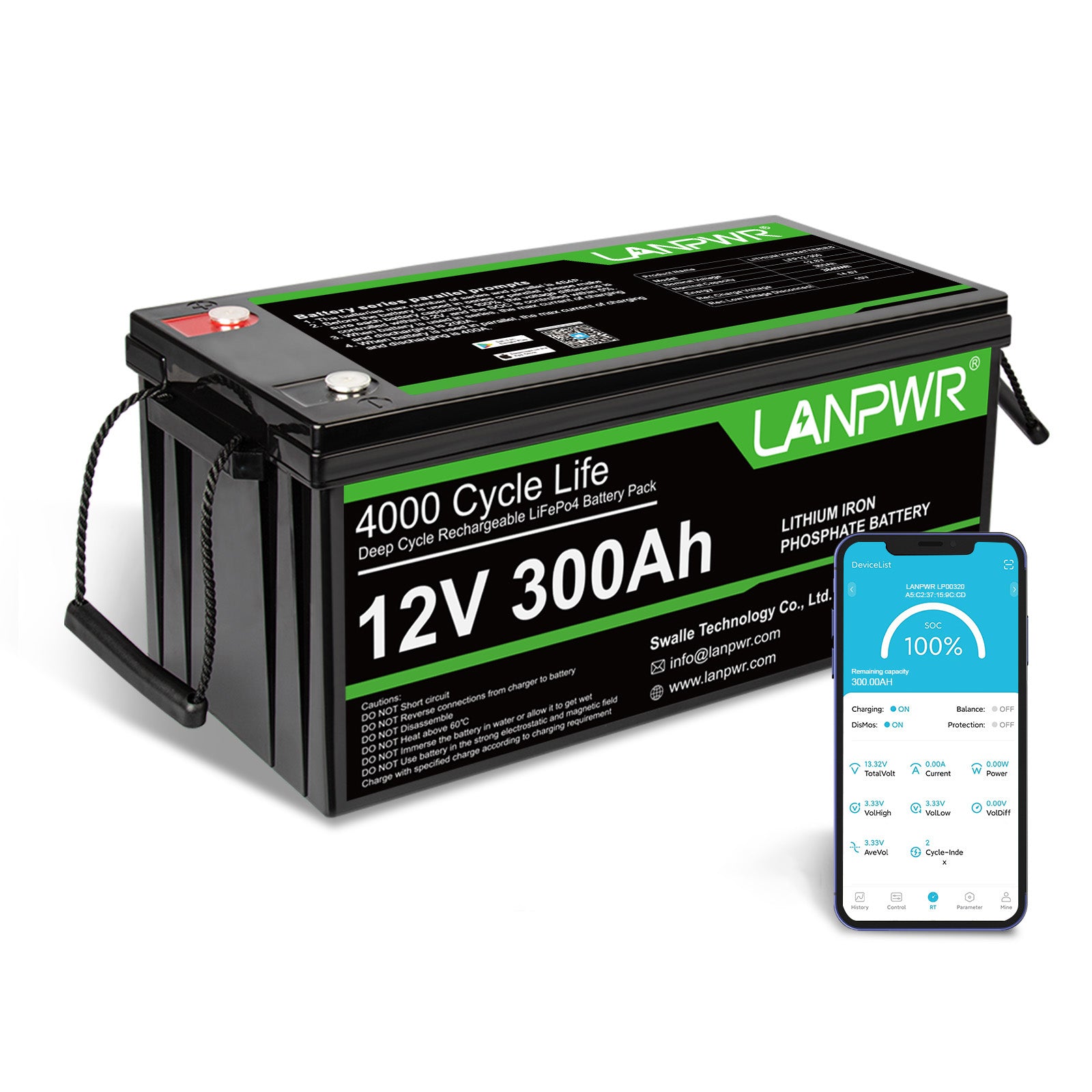



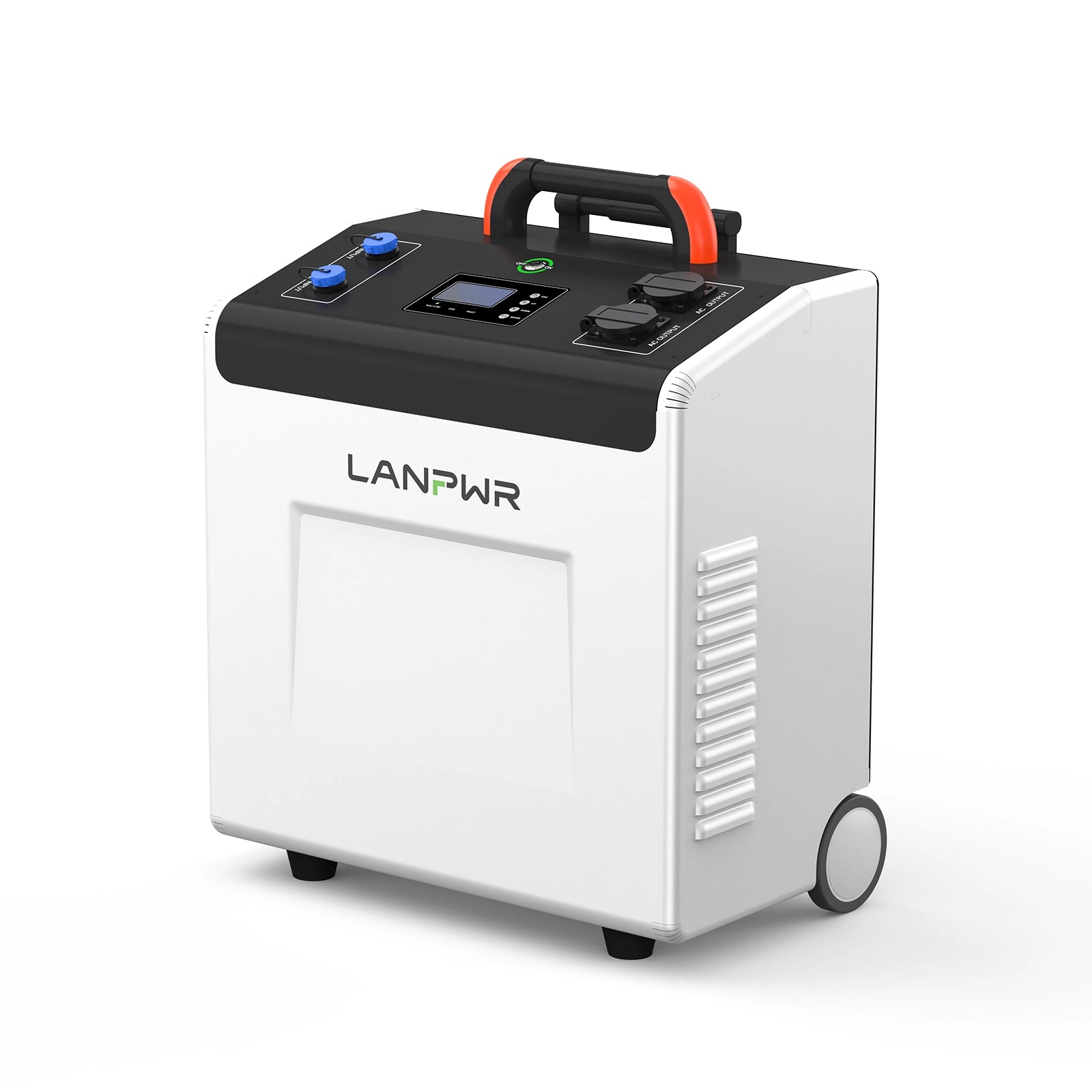
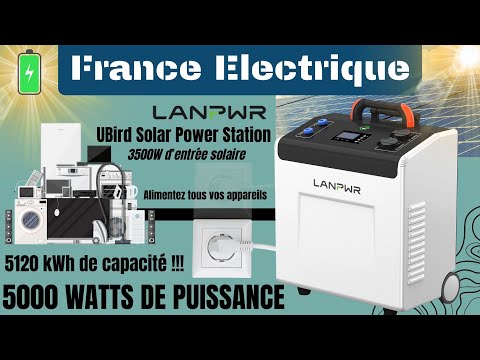
Leave a comment
This site is protected by hCaptcha and the hCaptcha Privacy Policy and Terms of Service apply.